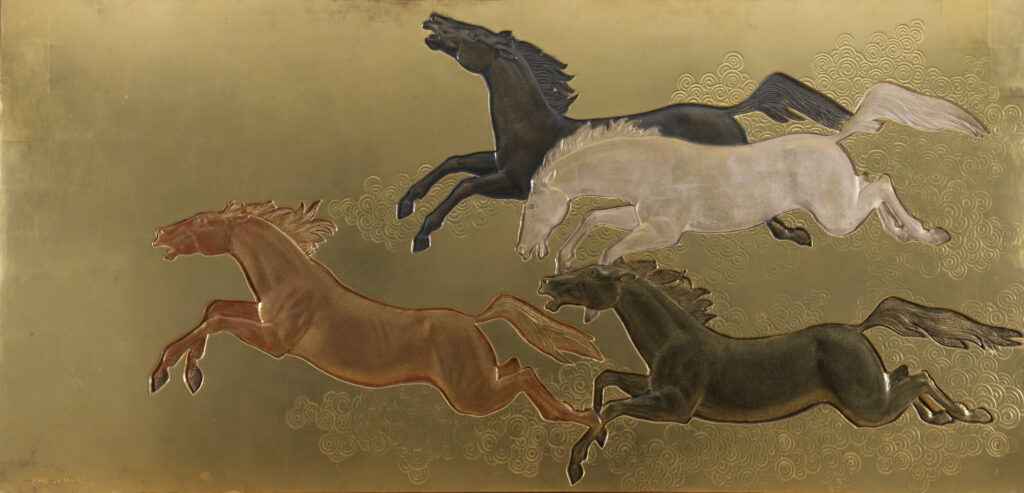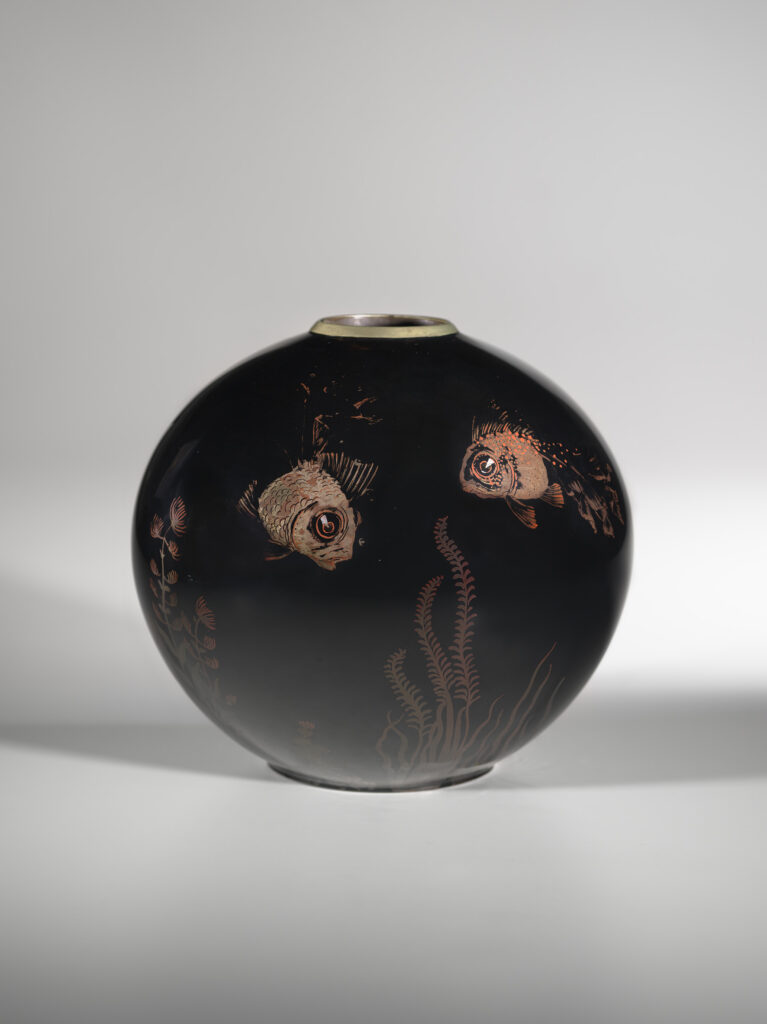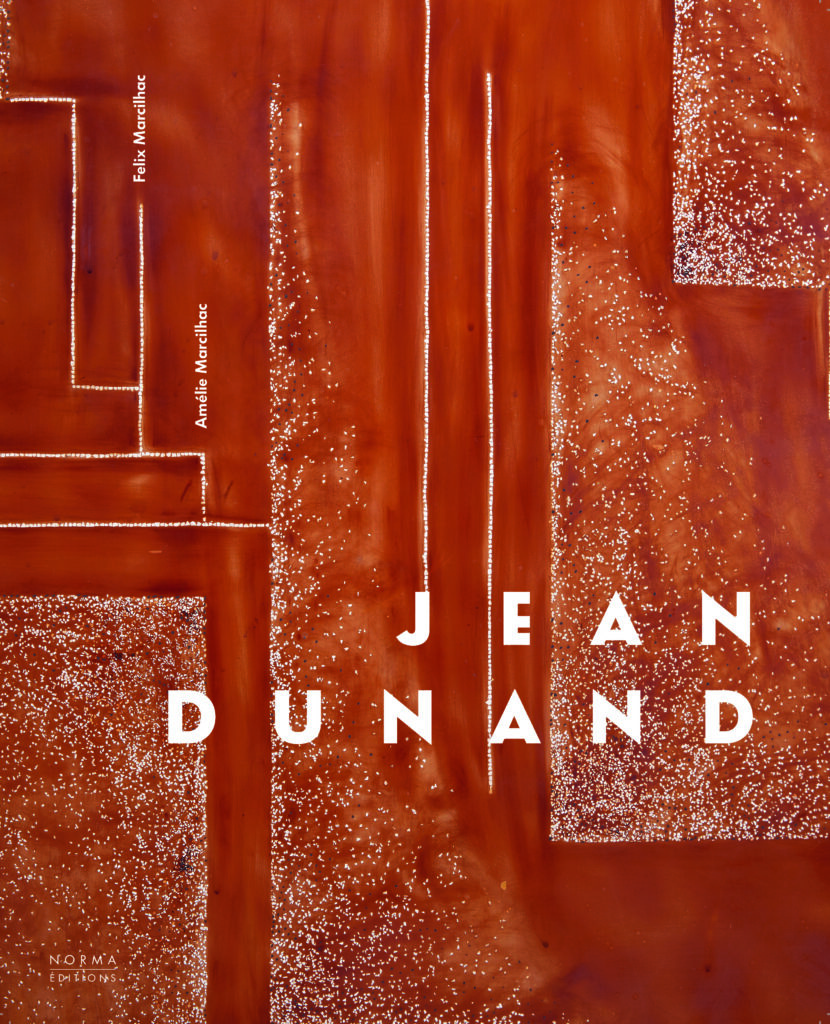
Most designers working in Paris during the 1920s became passionate about the art of natural lacquer, which was a part of the fascination with Asian lacquered metalwork arriving in Europe. Eileen Gray famously created much of her early furniture in lacquer, crafted by Seizo Sugawara, a Japanese painter who had emigrated to France; Pierre Legrain and Jacques-Emily Ruhlmann are just two of the leading Parisian designers who created work in lacquer.
Yet, nobody reached the level of Jean Dunand (1877-1942), who had made a global career with his superb, innovative lacquer work. He initially used transparent lacquer to protect surfaces, before becoming introduced to advanced lacquer techniques, and particularly to the eggshell lacquer, an ancient Japanese technique traditionally used for small-scale objects. This process involved placing tiny particles of crushed eggshell, piece by piece, into a layer of fresh lacquer.
The life and work of Dunand, a sculptor, goldsmith, copper maker, lacquerer, bookbinder, and decorator is the subject of a new monograph published by Editions Norma and co-written by Felix Marchilhac and his daughter Amélie, both world’s experts in the work of Dunand and other French Art Deco masters.
After having excelled in finishing hammer-mounted vases and brassware, Dunand met Seizo Sugawara in 1912 who led him to become passionate about lacquer. At the head of an important workshop, he participated in the major international exhibitions of his time, in Paris in 1925, 1931 and 1937, in New York in 1939, and was regularly exhibited at the Georges Petit gallery and at the Salon des Artistes Decorateurs. For the 1925 Paris Exposition of Decorative Arts, Dunand created a smoking room, entirely decorated in lacquered panels. His singularity and the quality of his creations lead him to become one of the most sought-after portrait painters, immortalising personalities in fashion and the arts such as Jeanne Lanvin, Louise Boulanger, Josephine Baker as well as from the world of finance such as the Lazards, Carnegie or Louis-Dreyfus.
Jean Dunand also worked on remarkable sets in France and the United States such as the music salons of Solomon R. Guggenheim, the apartments of Madame Agnes or Templeton Croker, as well as on the shipyards of the Atlantic and Normandy liners which will crown a rich career of more than two thousand works, all presented in a repertoire at the end of the book.
Above: Table basse rectangulaire (vers 1925)) Laquer orange, plateau décoré de coquille d’oeuf mosaïquée@VMFA; Rectangular coffee table (circa 1925) Orange lacquer, top decorated with mosaiced egg shell.

The conquest of the horse (1935) Panel of gold lacquer and color, moulded stucco @Archives Marcilhac, Paris

Small ovoid vase (circa 1925) Yellow copper, black lacquer, inlaid with egg shell @ Virginia Museum of Fine Arts, Richmond


Ball vase with fish (1928). Copper, black and coloured lacquer, enhanced with gold@@Virginia Museum of Fine Arts, Richmond

